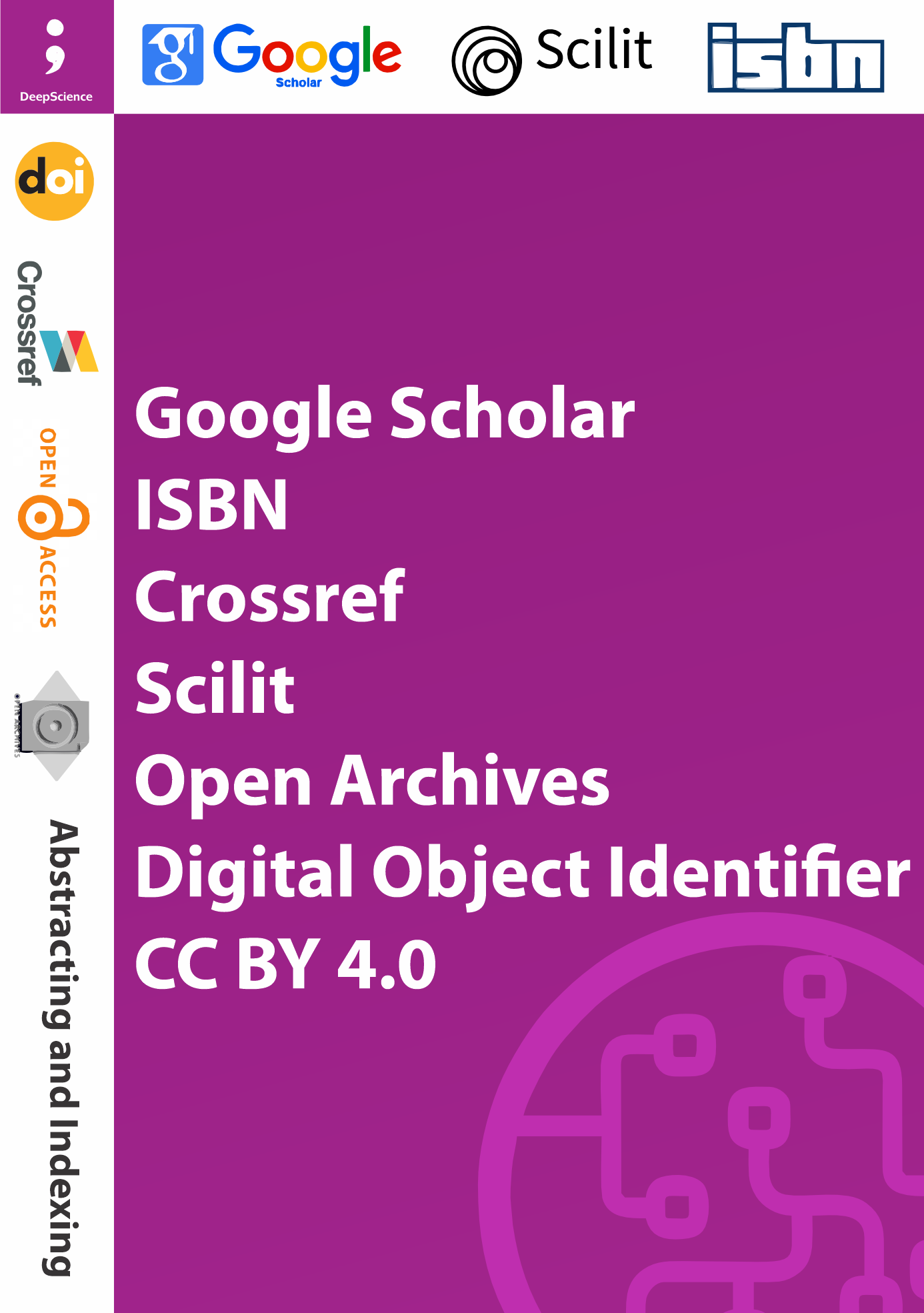Computational Analysis of Molecular Orbitals using DFT: A Theoretical Study
Synopsis
Density Functional Theory (DFT) has emerged as a powerful computational tool in quantum chemistry for analyzing the electronic structures of atoms and molecules. This paper presents a theoretical review and analysis of molecular orbitals using DFT methods, emphasizing the role of HOMO-LUMO gap, electron density distribution, and orbital hybridization. Through a synthesis of recent DFT-based studies, the review outlines how different functionals and basis sets impact molecular orbital visualization and chemical reactivity predictions.
Downloads
Volume
Pages
20-24
Published
3 September 2025
Copyright (c) 2025 Lalita Sahu; Rajendra K. Jain, A.P. Mishra, Supriyo Acharya, Rajiv Narula, Laxmikant, Gokul Prasad, P. Vishvanathan, Tapan Acharya, Gouri Acharya, Tukesh Sahu, Joel Osei-Asiamah, Sophia Zaidi, Rini Punathil, Manju Shahare; Elangovan Natarajan, Vikrant Jayant, Neethu Sundaresan; Bhoj Ram, Temesh Parker, Uday Kumar, Thaleshwar, Sanket Ghule, Akshay Chavan, Shubham Jadhav, Dinesha H E, Pooja More, Mitali Gurung
How to Cite
Parker, T. ., Kumar, U. ., & Thaleshwar. (2025). Computational Analysis of Molecular Orbitals using DFT: A Theoretical Study. In L. . Sahu, E. Natarajan, V. . Jayant, & N. . Sundaresan (Eds.), Green Chemistry, Nanotechnology, and Sustainable Materials for Climate Action and Circular Economy (pp. 20-24). Deep Science Publishing. https://doi.org/10.70593/978-93-7185-662-1_3
Download Citation














